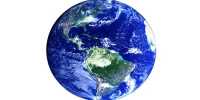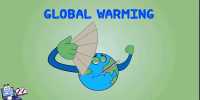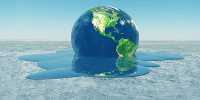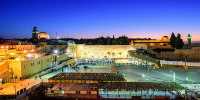Carbon dioxide (CO2) an important trace gas in the Earth’s atmosphere. In May, the Mauna Loa Observatory in Hawaii recorded a seasonal peak of 417.1 parts per million (ppm) in atmospheric carbon dioxide (CO2). This is the highest monthly reading of atmospheric CO2 ever recorded, 2.4 ppm higher than the 2019 peak. It is an integral part of the carbon cycle, a biochemical substance that exchanges carbon between the Earth’s oceans, soils, rocks, and biosphere. Plants and other photoautotrophs use of solar energy to produce carbohydrates from water by atmospheric carbon dioxide and photosynthesis. Annual CO2 level development is balanced at 0.8 ppm in the 1960s, 1.6 ppm in the 1980s, and 2.0 ppm in the 2000s. Over the past decade, it has grown at an average rate of 2.4 ppm per year.
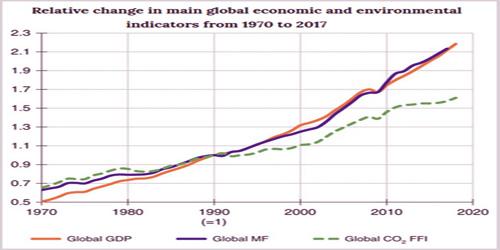
Carbon dioxide (CO2)
“Emissions reduction progress is not visible on the CO2 record,” said Peter Cannes, a senior scientist at NOAA’s Global Monitoring Laboratory. “We’ve been on our planet for many centuries or more with a promise of more global warming, sea-level rise, and extreme weather events.” Meteorologist Eric Holthaus tweeted, “This is the first time in human history that our planet’s atmosphere contains more than 415 ppm of CO2.” Geographer Ralph Kelling, who runs the Mauna Lower Scripps oceanography program, said, “People may be shocked to learn that the carnivorous breakdown system can do little more to affect CO2 levels.” “But the work of making CO2 is a bit like landfill waste. As we continue to emit, it keeps piling up. The crisis has reduced emissions, but not enough to make sense in Maina Loya. There are many more things that are emerging from this situation. ”
The concentration of CO2 in the atmosphere about 500 million years ago during the Cambrian period was as high as 4,000 parts per million (ppm, on a lining basis) and less than 180 ppm during the last two million years of quarterly glaciers. “Not just in recorded history, not since the invention of agriculture 10,000 years ago. Modern humans existed millions of years ago today we don’t know of such a planet.” This increase in CO2 and long-term greenhouse gases in the Earth’s atmosphere has created the current phase of global warming. Humans dissolve in the oceans between 30% and 40% of CO2 released into the atmosphere, in which it forms carbonic acid and changes the effect on the ocean pH balance.
Measurement of CO2 concentration on the Mauna Loa began in 1958, and since 1974 the National Oceanic and Atmospheric Administration (NOAA) and two other research institutes have conducted complementary, independent measurements. It is the longest continuous measurement of carbon dioxide in the atmosphere. In the worst-case scenario CO2, from now on, a broken, uninhabited world will be more like a poisonous alien planet than the evergreen shelter we know today: we are talking about broken clouds in the sky and hellish oceans bursting to boil. The measure was started by American researcher Charles David Killing, who initially realized that CO2 levels have been increasing steadily year after year. He further observed that the measurements revealed differences in different types of marijuana before encouraging the absorption of carbon dioxide from plants during the boreal summer period.
